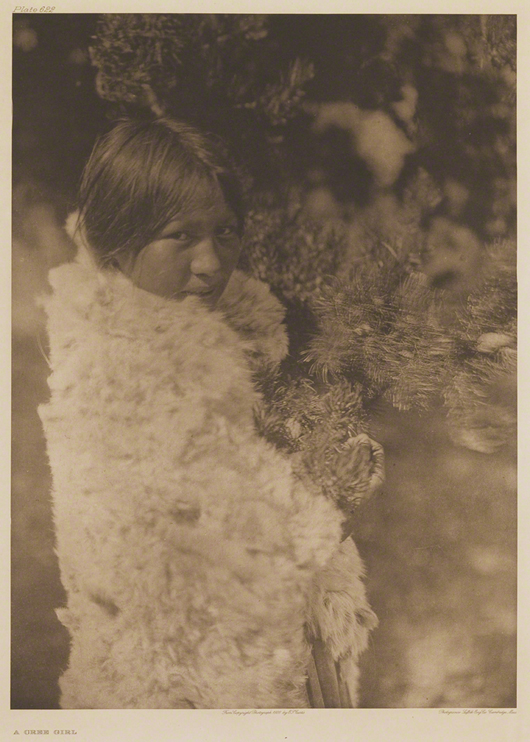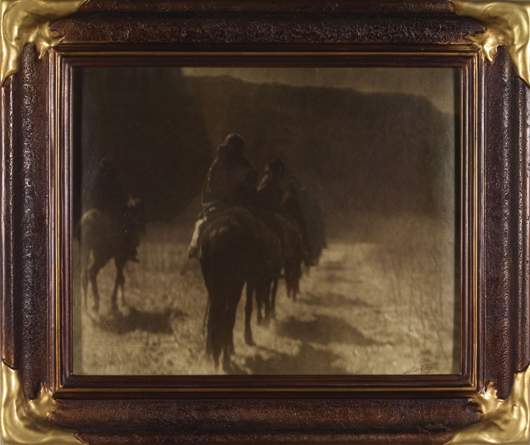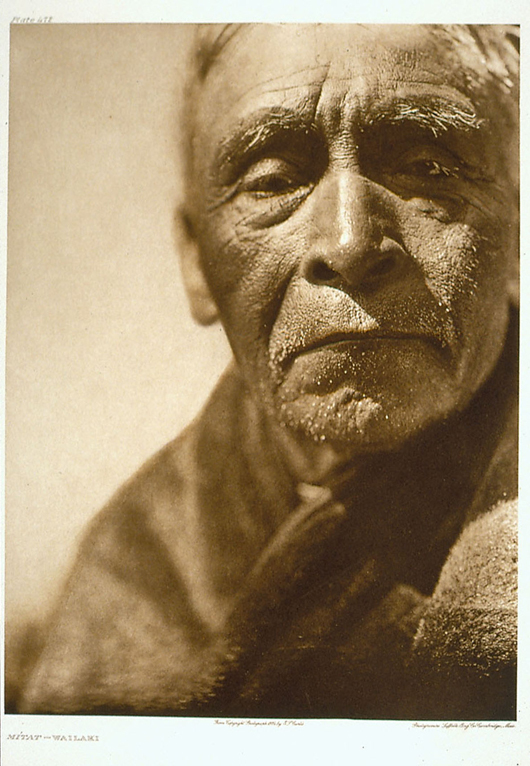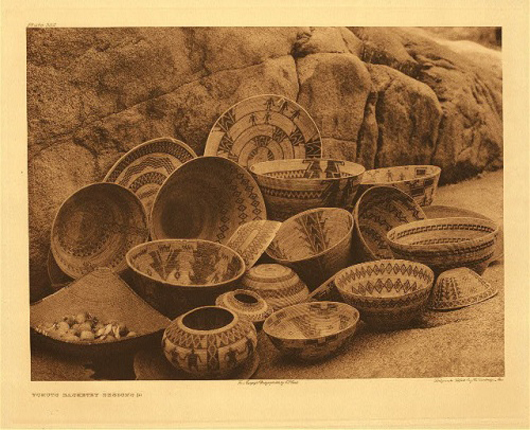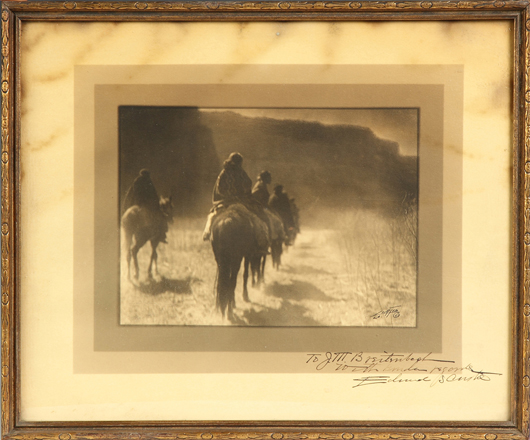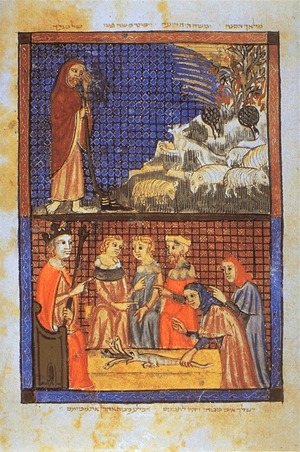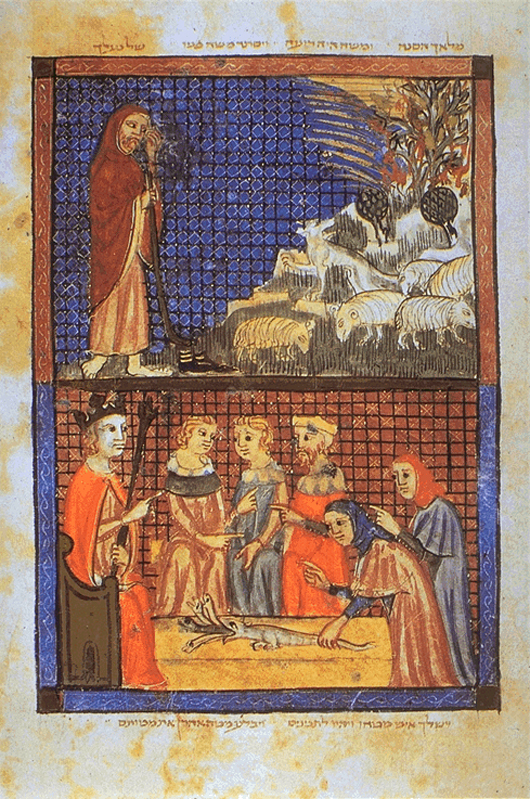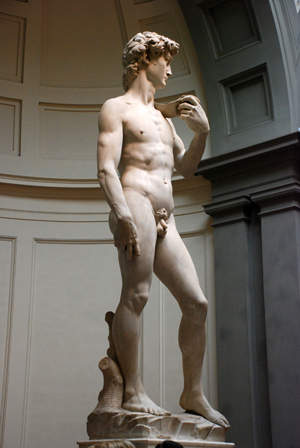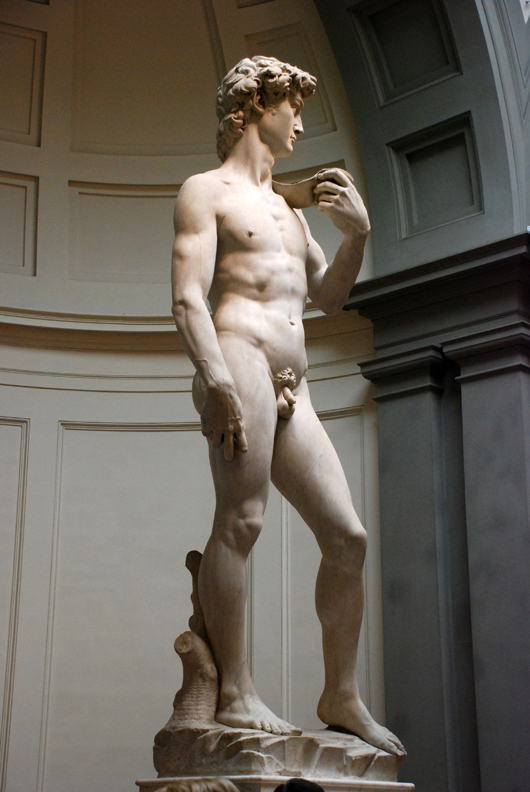
Rare 19th century Sevres clock in urn form, hand-painted and artist-signed, 26 inches tall. Stevens Auction Co. image. ABERDEEN, Miss. – A mammoth estates sale consisting of around 800 quality lots of merchandise will be held the weekend of Feb. 15-16 by Stevens Auction Co. Internet live bidding will be provided by LiveAuctioneers.com.
Headlining the event will be two major estates. They are the lifetime clock collection of Mr. and Mrs. Steve Johnson of Bloomington, Ill., and merchandise pulled from a 12,000-square-foot mansion in Montclair, N.J., known as “Daybreak.” Select items from three other prominent estates will also be sold. Start times will be 4 p.m. CST on Friday and 10 a.m. on Saturday.
“This promises to be the highest concentration of quality items we have sold in years,” said Dwight Stevens of Stevens Auction Co. “The merchandise ranges from nearly 100 vintage clocks, all in good working order, to a museum-quality Anthony Quervelle sideboard to a marble-top rococo center table by Alexander Roux to a genuine 19th century vampire killing kit.”
The Friday, Feb. 15, session will be dedicated mostly to clocks, from the Johnson collection. Mr. Johnson collected, repaired and restored clocks, and he owned examples by many of the world’s most prominent makers, such as Eli Terry, Seth Thomas and Ansonia. In all, about 90 clocks will change hands. Porcelains and smalls, also from the Johnsons, will be sold as well.
Stevens Auction Co. is no stranger to vampire killing kits, the curious late 19th and early 20th century kits needed to dispatch unwanted vampires. The firm has sold several of the kits at previous auctions, attracting nationwide attention in the process. The kit being offered includes a cross, wood mallet, candles, mirror, rosary, black gun powder, Bible and wood stakes.
The period Empire sideboard attributed to Anthony Quervelle (1789-1865), the renowned French-born Philadelphia furniture maker, features original gold stenciling, cut glass doors and acanthus carving on the sides. The piece measures 6 feet long, 42 inches tall and 24 inches in diameter. It was made circa 1830.
“This sideboard truly belongs in a museum,” Stevens said.
The monumental rosewood rococo marble center table with detailed carved fruit basket, attributed to Alexander Roux, was made circa 1855 and is one of several Roux lots in the sale. Also offered will be a rare set of six walnut Victorian dining chairs in mint condition, heavily carved; and a rococo banquet dining table with claw feet that will stretch to 14 feet 6 inches.
Pieces by other superior 19th century American furniture makers will also cross the block. These will include a scarce rosewood recamier by John H. Belter in the Fountain Elms pattern and in mint condition, laminated, 6 feet long by 4 feet tall, circa 1850, and a rosewood marble-top dresser with pierced carved mirror frame and crown, signed Thomas Brooks, circa 1870.
The makers J. & J.W. Meeks will be represented, with a rosewood rococo rolltop desk with round front drawers and gallery top, 53 inches tall; a rosewood rococo secretary desk with pierced carved crown and carving on the doors, 9 feet 2 inches tall; and a rosewood laminated rococo arm parlor chair and recamier, both in the Stanton Hall pattern and both made circa 1855.
Also by Meeks is a marvelous four-piece laminated rosewood rococo parlor suite in the Hawkins pattern, consisting of a sofa, 66 inches long by 49 inches tall, armchair and two side chairs, circa 1855. Also selling will be a lovely four-piece mahogany acanthus carved bedroom suite, featuring a tall poster bed, large dresser, dressing table and highboy, circa 1880.
Antique lighting items will include a metal Art Nouveau landing light of a lady with grapes, 1920, with black marble base, rare for its size, 64 inches tall; a 19th century astral gasolier with original gold gilding, made by Caldwell for the Daybreak mansion; and a set of six 19th century astral gas wall sconces, made to match the aforementioned gasolier.
Decorative accessories will feature a pair of 16-inch-tall Louis Philippe cobalt blue porcelain urn-form vases, mounted on elaborate dore bronze bases and with bronze mounting; a rare 19th century Sevres clock in urn form, hand painted and artist signed, 26 inches tall; and a fine Louis XIV-style silver plate and carved trestle base trolley, 42 inches tall, made circa 1890.
A 15 percent buyer’s premium will be charged on the total purchase price with a 2 percent discount for cash, business or personal checks and wire transfers.
Stevens Auction Co. is always accepting quality consignments for future sales. To consign a single item, an estate or a collection, call them directly, at 662-369-2200 or email them at stevensauction@bellsouth.net.
View the fully illustrated catalog and sign up to bid absentee or live via the Internet at www.LiveAuctioneers.com.
ADDITIONAL LOTS OF NOTE
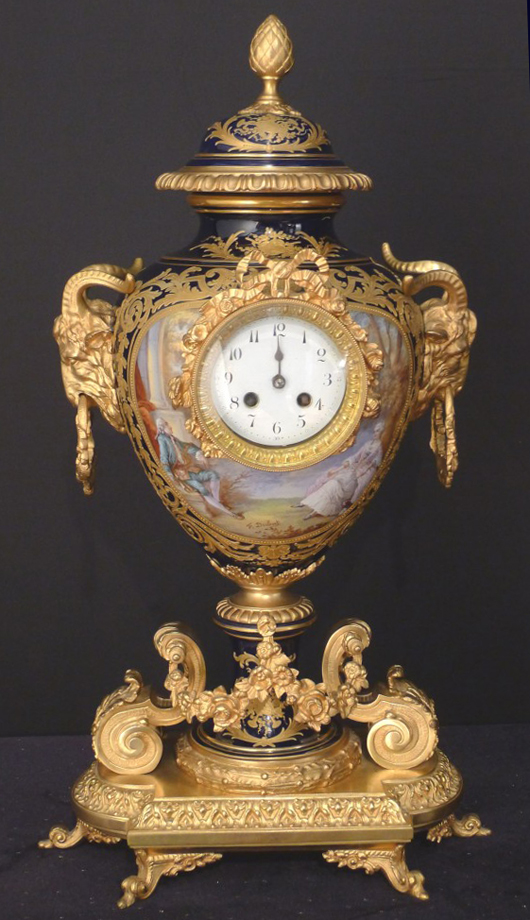
Rare 19th century Sevres clock in urn form, hand-painted and artist-signed, 26 inches tall. Stevens Auction Co. image. 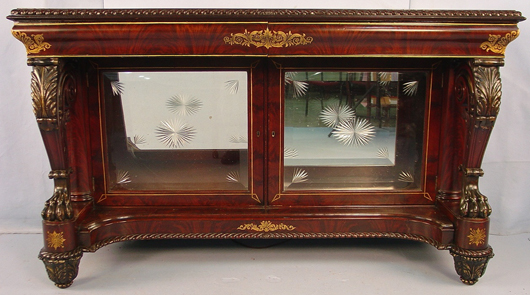
Museum-quality period Empire sideboard attributed to Anthony Quervelle, made circa 1830. Stevens Auction Co. image. 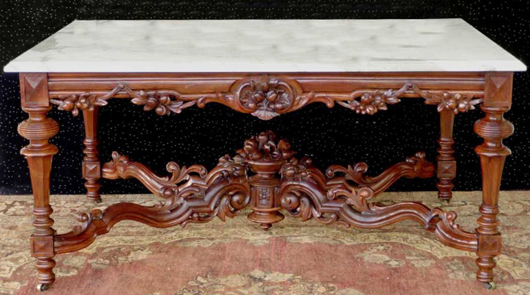
Monumental rosewood rococo marble center table attributed to Alexander Roux, circa 1855. Stevens Auction Co. image. 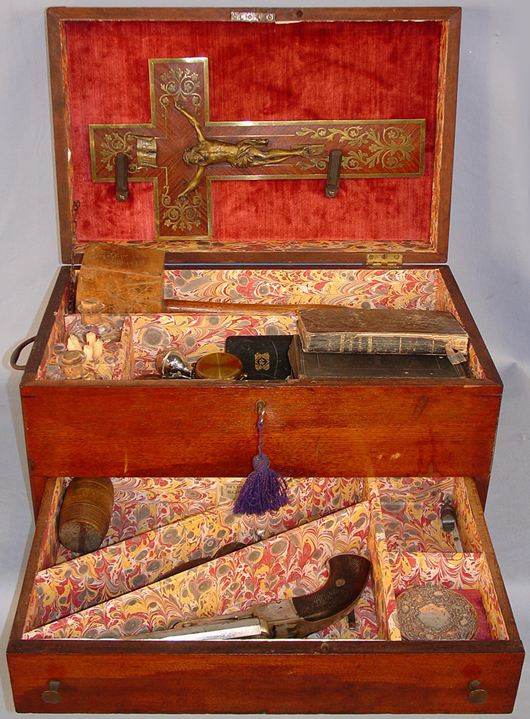
Nineteenth century vampire killing kit, with cross, rosary, Bible, gun powder and wood stakes. Stevens Auction Co. image. 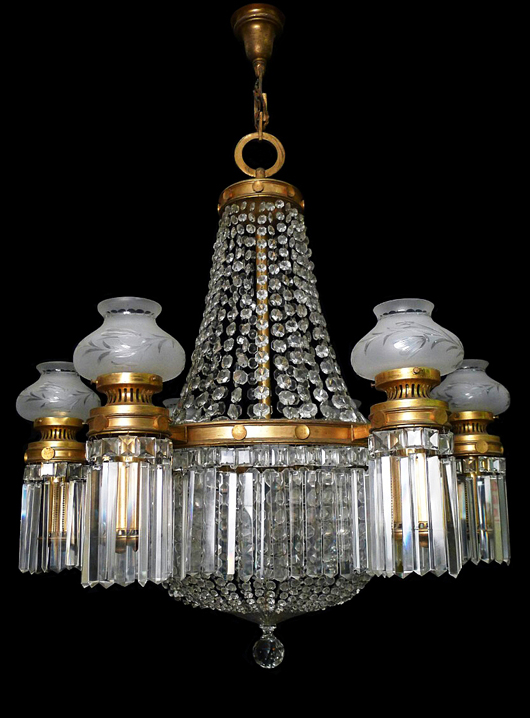
19th century astral gasolier made by Caldwell for the historic Daybreak mansion, New Jersey. Stevens Auction Co. image. 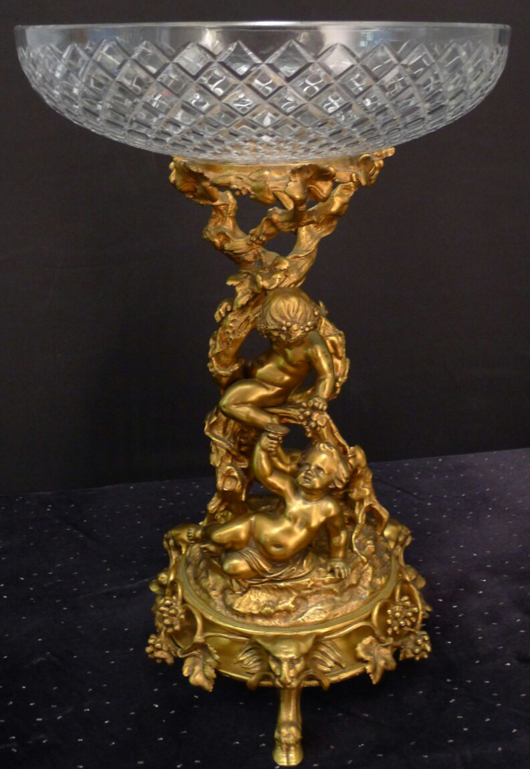
Dore bronze centerpiece with cupids climbing a tree base and glass stands, made circa 1880. Stevens Auction Co. image.




